Trump wants to revive coal. Will it work?
Wind, solar and natural gas are ascendant


President Donald Trump came into office promising to reverse the long decline of coal. Now he’s taking action with a plan to pour money into coal-burning plants and open federal lands to mining. But can coal compete with the ascendancy of clean energy technologies?
Coal use has been “displaced in many cases by cheaper and cleaner natural gas, wind and solar power” over the last two decades, said The New York Times. But “growing interest in artificial intelligence and data centers” has spurred a new surge in electricity demand that is keeping coal-burning plants open past their scheduled closure dates. The Trump administration is augmenting that by designating $625 million in funding to keep plants in operation, opening 13 million acres of land to mining and repealing “dozens of regulations” designed to curb coal pollution. If America does not “lead in electrical production, we’re going to lose the AI arms race,” said Interior Secretary Doug Burgum. The new policies merely “prop up the aging and outdated coal industry,” said the Sierra Club’s Holly Bender.
Propping up fossil fuels?
The U.S. needs more coal-burning power plants “or the future will be dark,” Terry L. Headley, a former coal industry spokesperson, said at The Pittsburgh Post-Gazette. America’s power grid still relies largely on fossil fuels, and without them “we’re headed for blackouts.” The retirement of coal-fired plants means a loss of the “only thing that stands between Americans and the dark.” At the same time coal has declined, electrical demand has surged. That makes it clear “we must preserve, reinvest in and expand our coal-fired baseload fleet.”
The Week
Escape your echo chamber. Get the facts behind the news, plus analysis from multiple perspectives.

Sign up for The Week's Free Newsletters
From our morning news briefing to a weekly Good News Newsletter, get the best of The Week delivered directly to your inbox.
From our morning news briefing to a weekly Good News Newsletter, get the best of The Week delivered directly to your inbox.
“Propping up fossil fuels will cost taxpayers dearly,” Bloomberg said in an editorial. Even as it pushes coal, the Trump administration is moving to block offshore wind and other renewable-energy projects nationwide. Analysts say that keeping old plants online past their retirement dates “could raise costs for consumers nationwide” — as much as $3 billion by 2028. Instead of trying to keep “uncompetitive old coal plants” alive, the federal government should “focus on converting them to clean energy.”
Trump’s love for coal is “irrational,” Paul Krugman said on his Substack. Administration officials say coal mining is an “economically viable industry that has been sabotaged by liberals.” But the industry is dying “for very good reasons, and anti-wokeism is unlikely to revive it.” Mining jobs underwent an “epic decline” after 1950 thanks to technological advances, and coal use started declining in 1980. That will continue to be the case because “coal is no longer cost-competitive, while wind and solar are.”
Can the decline be reversed?
The government’s decision to auction mining leases for federal land is a “key test of mining industry interest” in reversing coal’s decline, said Reuters. The auctions will kick off Tuesday with the auction of leases in Alabama. The industry is “well-positioned to make the most of new leasing opportunities to answer the call for increased domestic coal,” said Ashley Burke of the National Mining Association.
A free daily email with the biggest news stories of the day – and the best features from TheWeek.com
Joel Mathis is a writer with 30 years of newspaper and online journalism experience. His work also regularly appears in National Geographic and The Kansas City Star. His awards include best online commentary at the Online News Association and (twice) at the City and Regional Magazine Association.
-
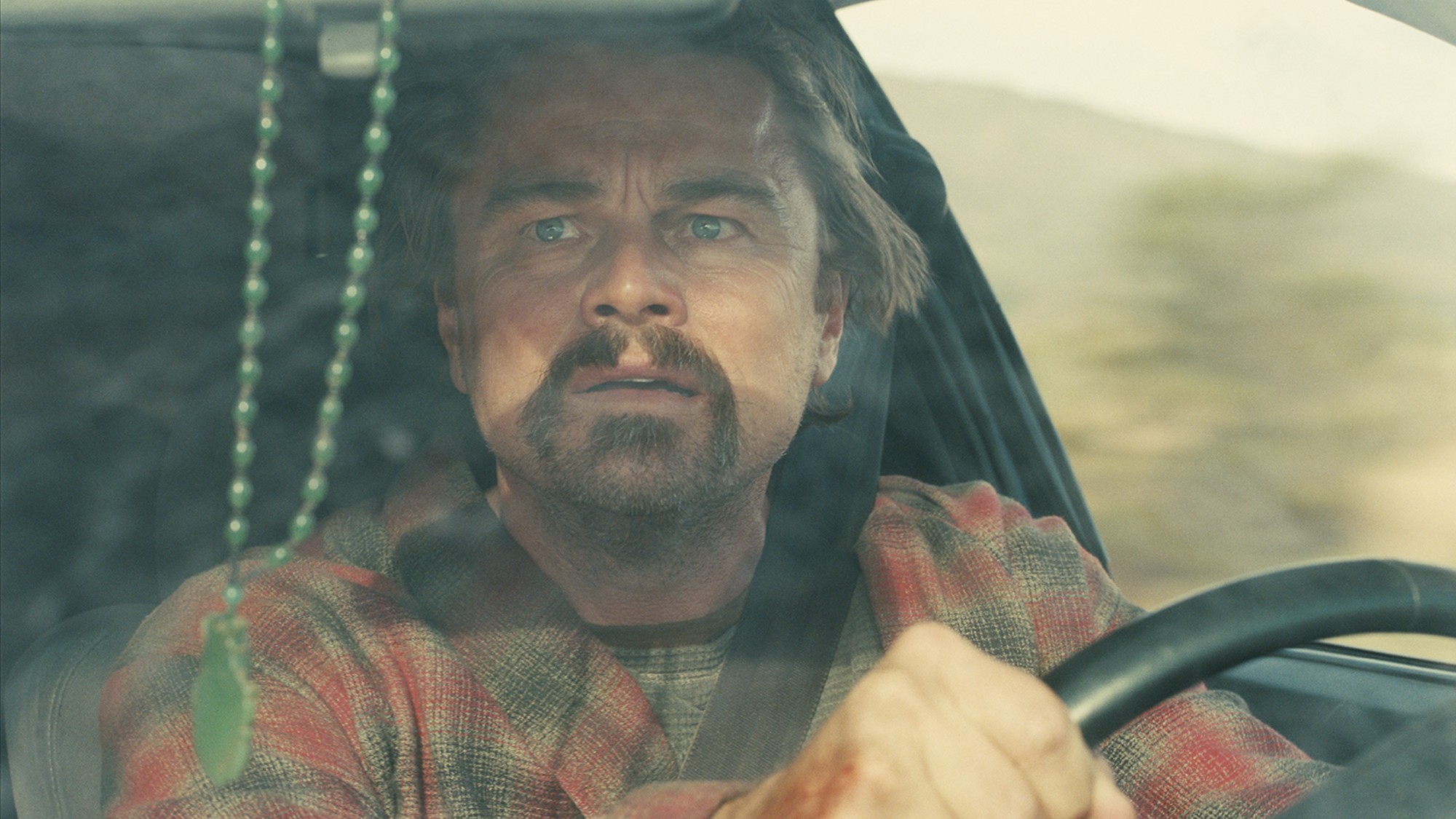 Critics’ choice: The year’s top 10 movies
Critics’ choice: The year’s top 10 moviesFeature ‘One Battle After Another’ and ‘It Was Just an Accident’ stand out
-
 The small Caribbean island courting crypto billions
The small Caribbean island courting crypto billionsUnder the Radar Crypto mogul Olivier Janssens plans to create a libertarian utopia on Nevis
-
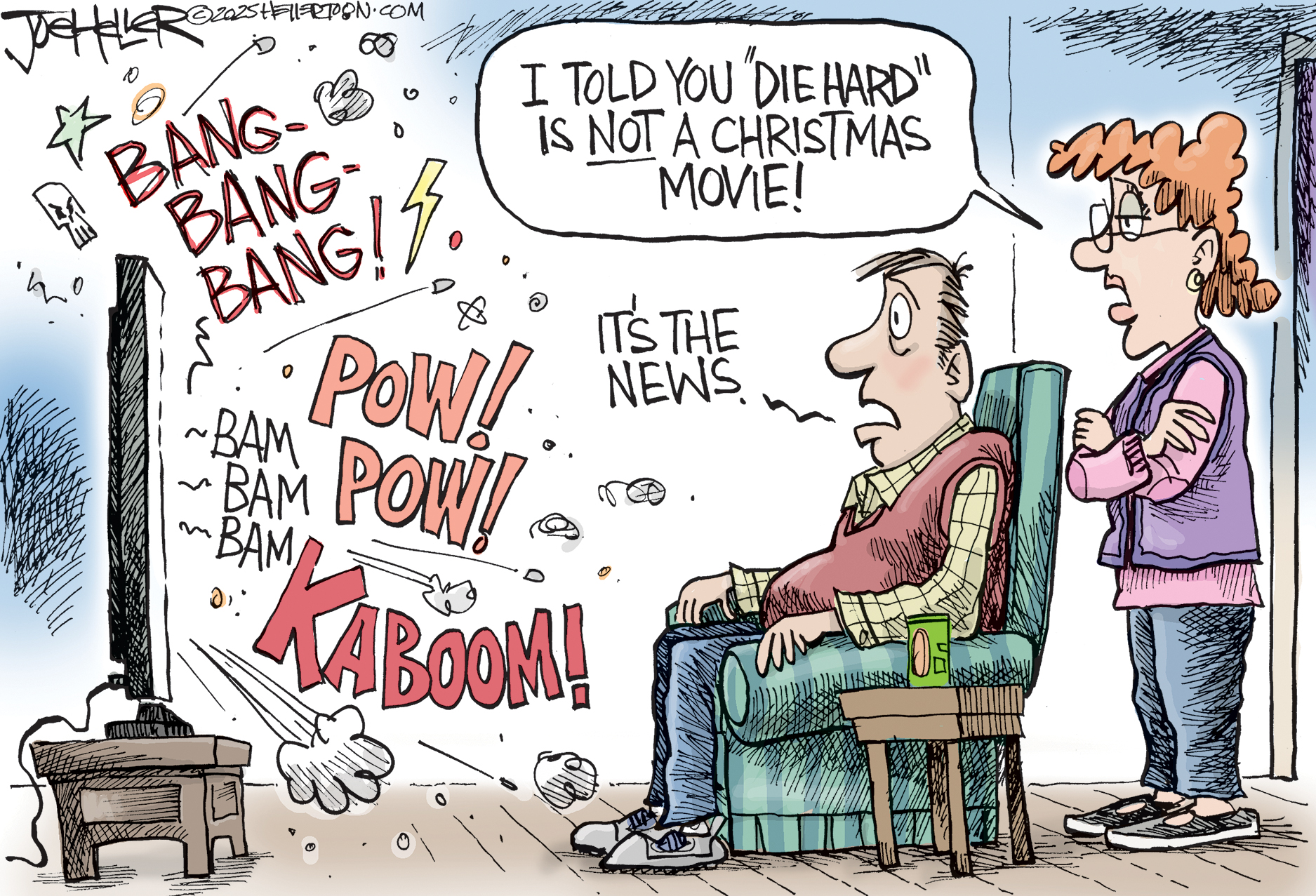 Political cartoons for December 21
Political cartoons for December 21Cartoons Sunday’s political cartoons include Christmas movies, AI sermons, and more
-
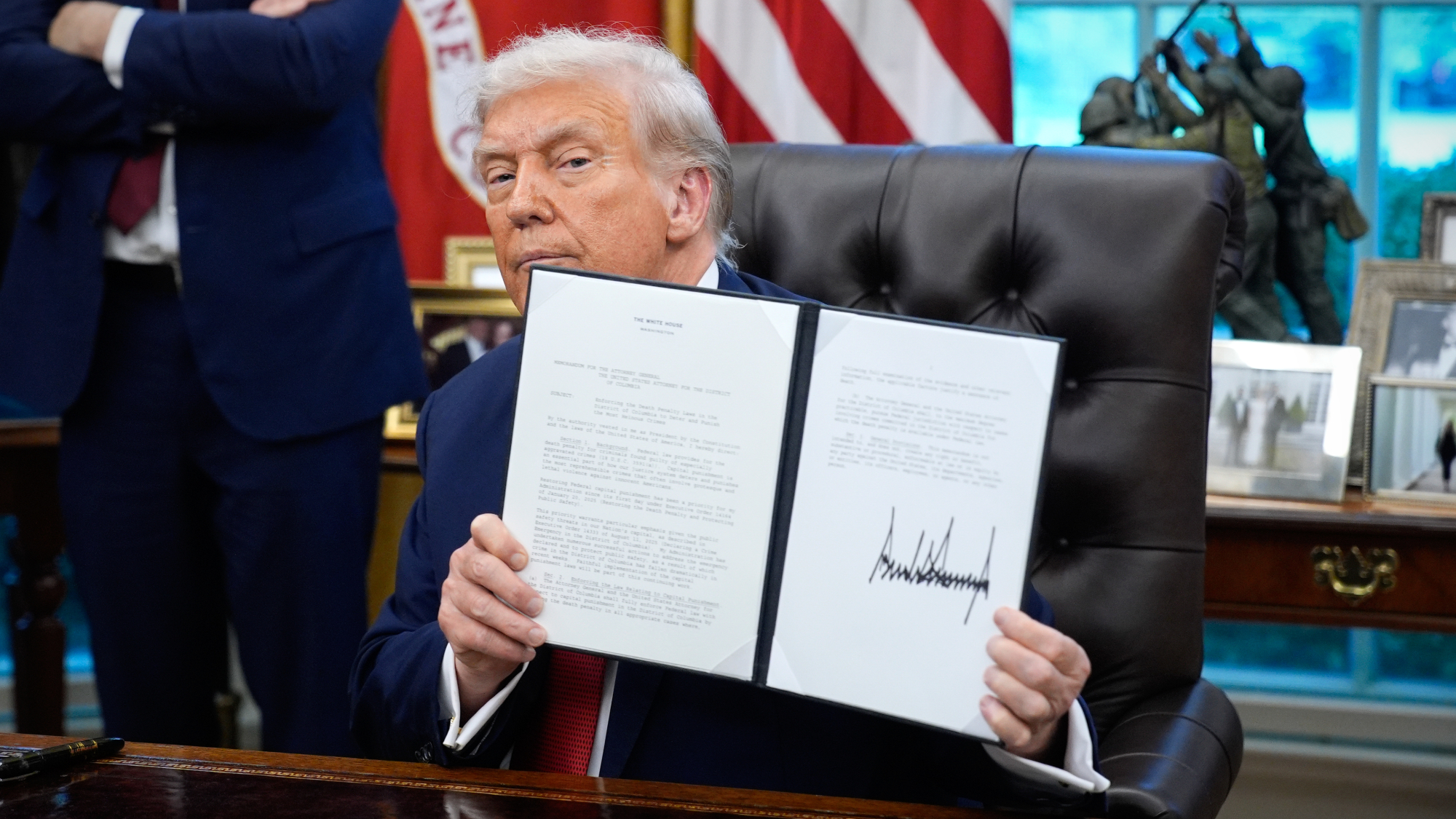 TikTok secures deal to remain in US
TikTok secures deal to remain in USSpeed Read ByteDance will form a US version of the popular video-sharing platform
-
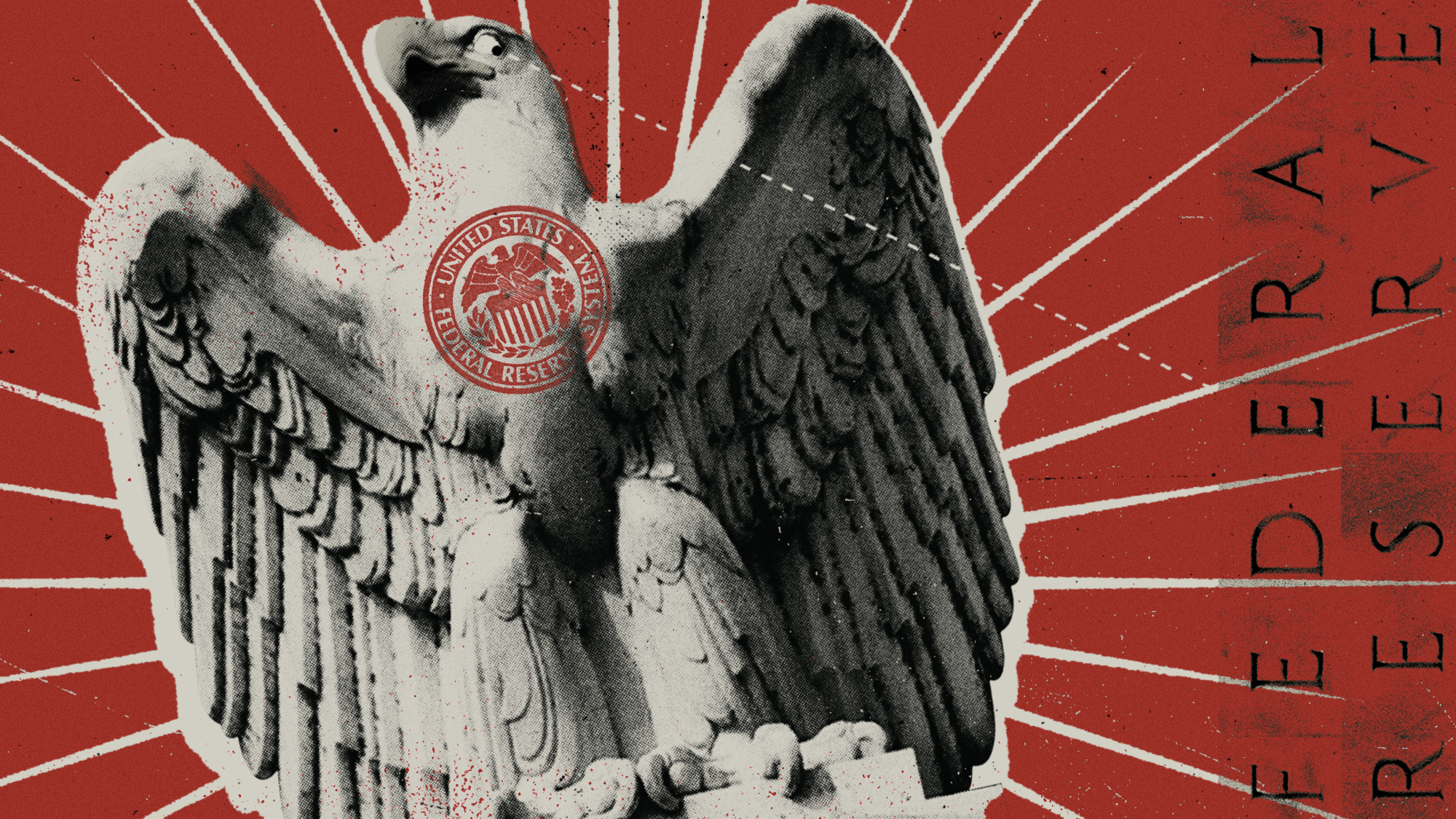 Who will be the next Fed chair?
Who will be the next Fed chair?Today's Big Question Kevin Hassett appears to be Trump’s pick
-
 Would a 50-year mortgage make home ownership attainable?
Would a 50-year mortgage make home ownership attainable?Today's Big Question Trump critics say the proposal is bad policy
-
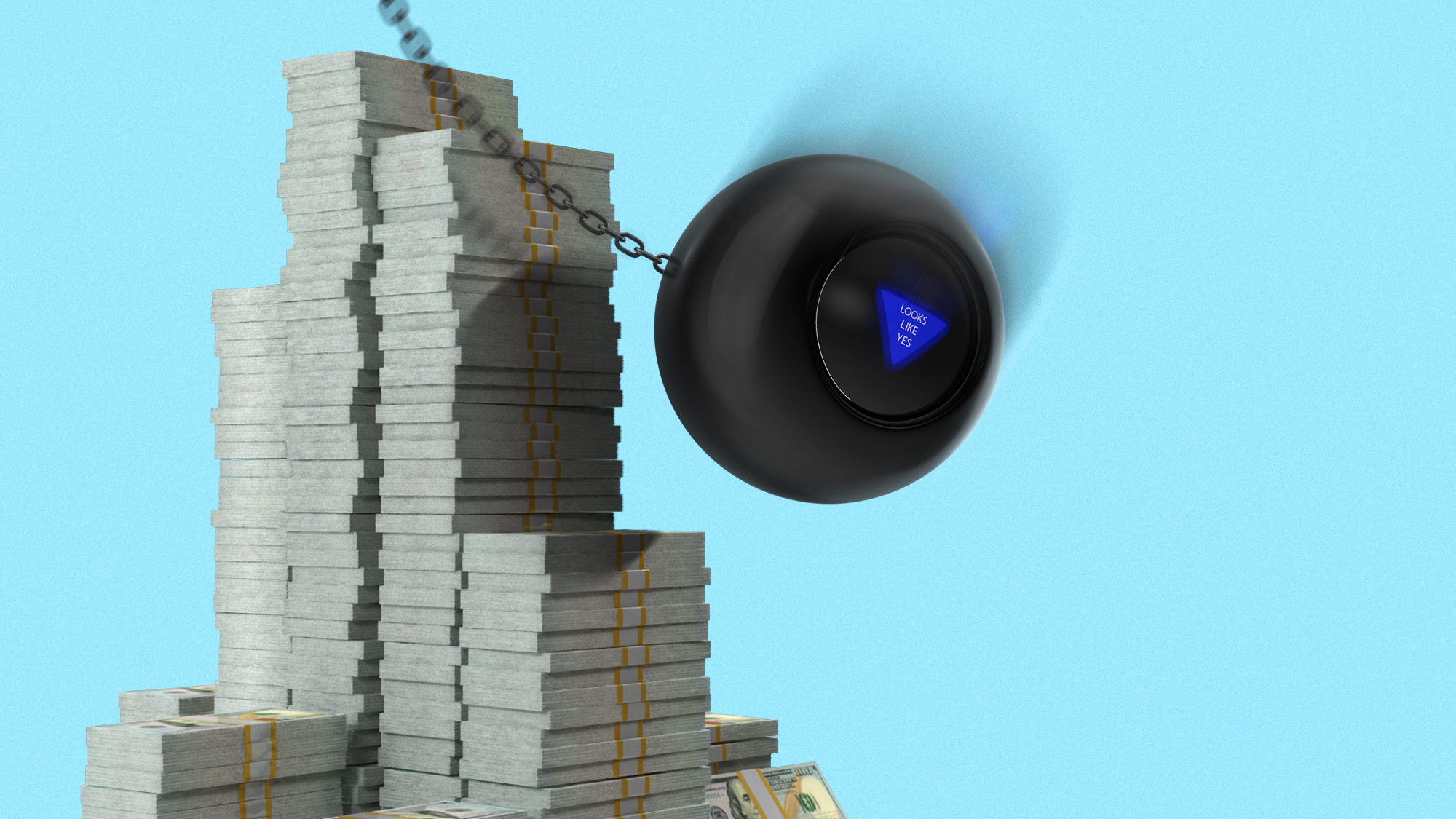 Is the US in recession?
Is the US in recession?Today's Big Question ‘Unofficial signals’ are flashing red
-
 Is a financial market crash around the corner?
Is a financial market crash around the corner?Talking Points Observers see echoes of 1929
-
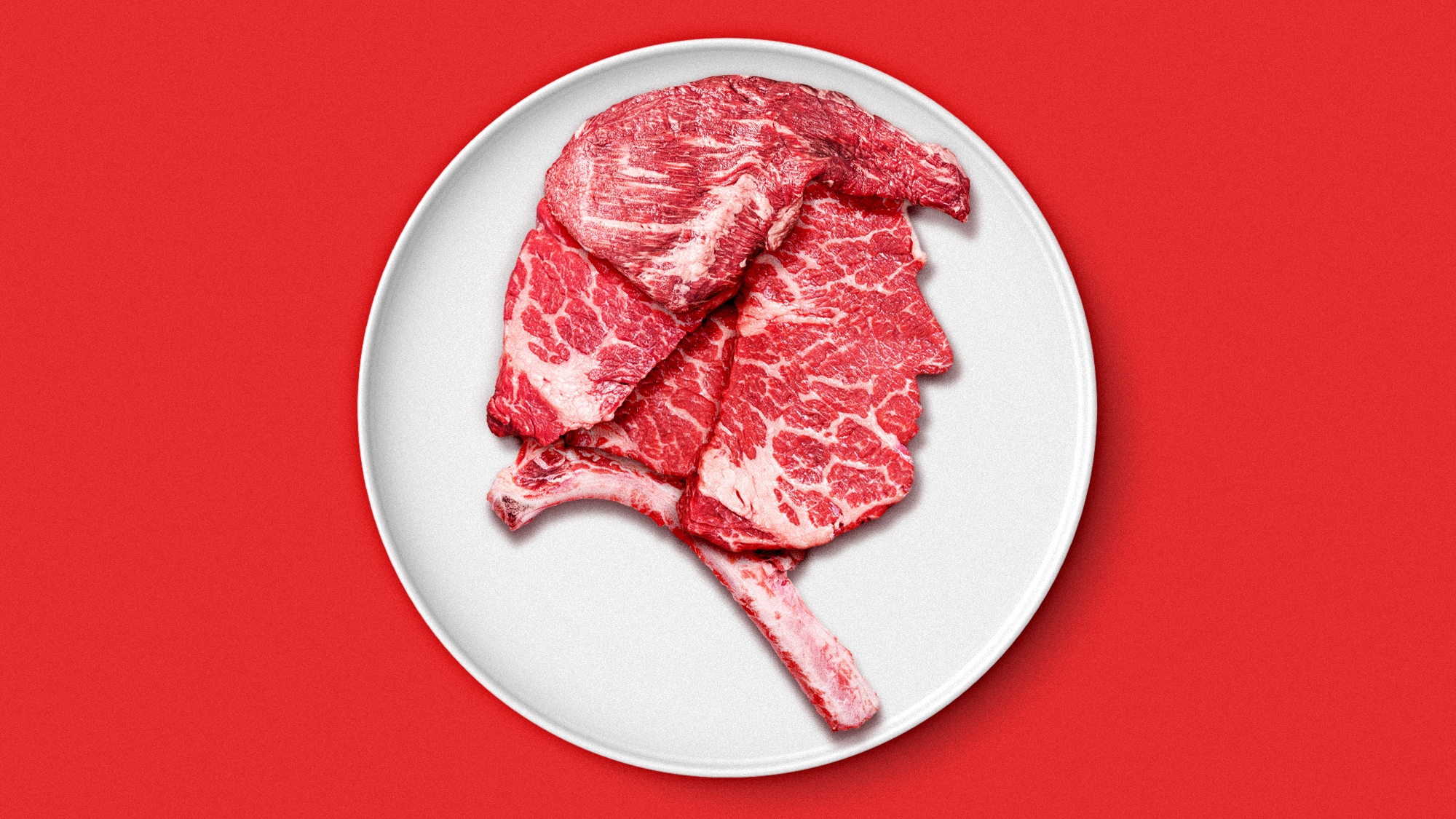 Why are beef prices rising? And how is politics involved?
Why are beef prices rising? And how is politics involved?Today's Big Question Drought, tariffs and consumer demand all play a role
-
 Who benefits from Trump’s new $100,000 H-1B visa fee?
Who benefits from Trump’s new $100,000 H-1B visa fee?In the Spotlight American workers might see gains. But there are drawbacks.
-
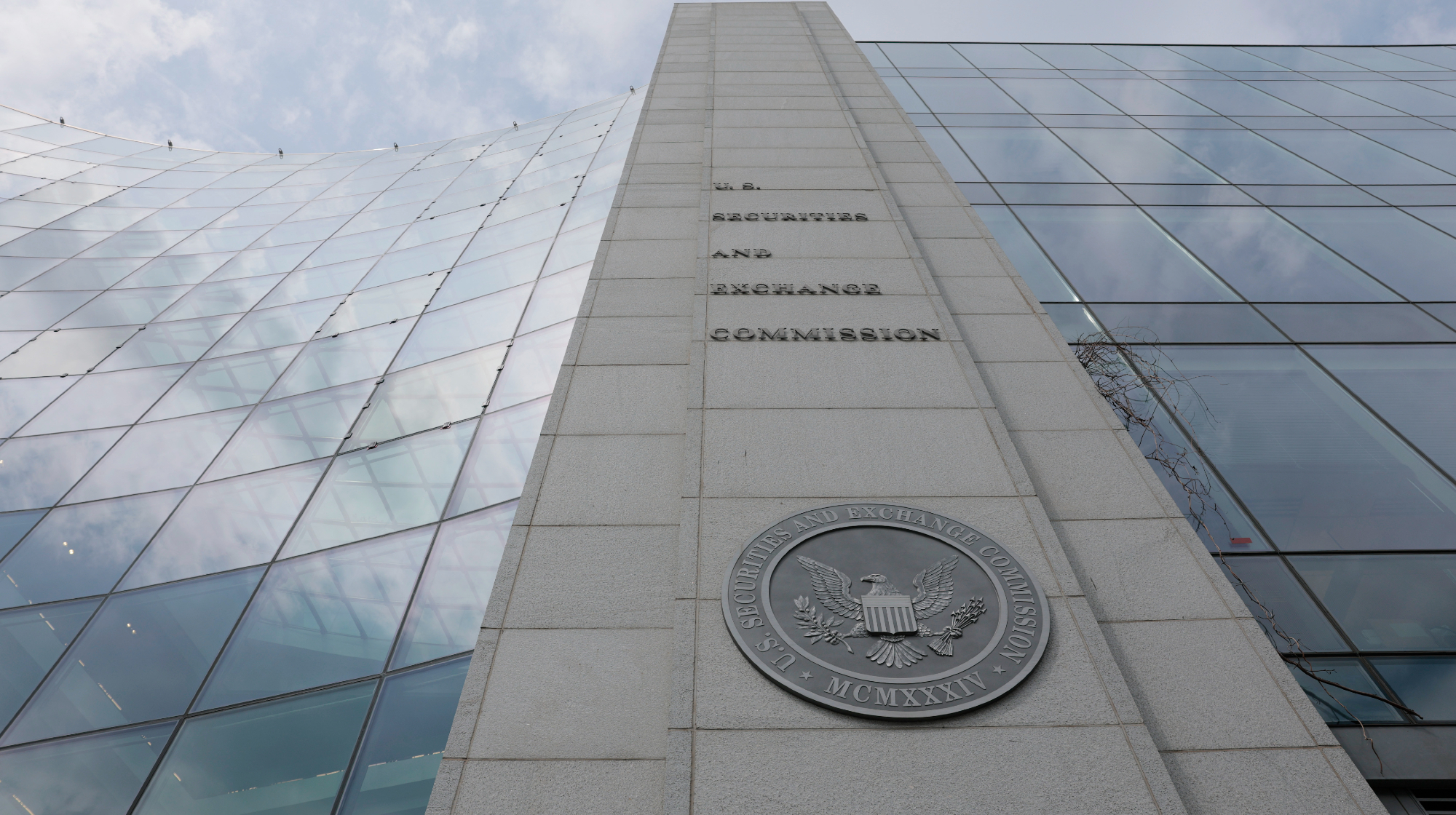 Trump proposes ending quarterly earnings reports
Trump proposes ending quarterly earnings reportsSpeed Read The SEC would have to approve any changes
